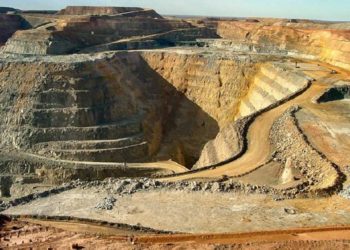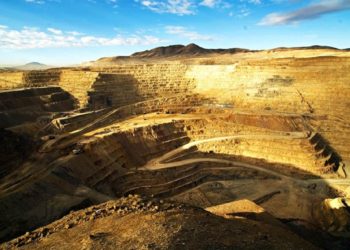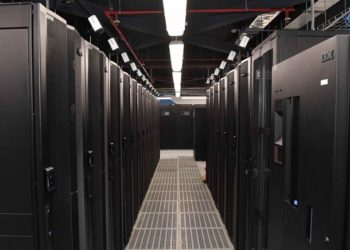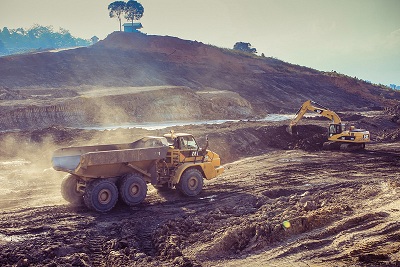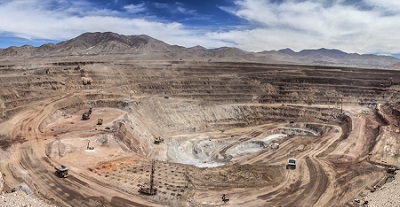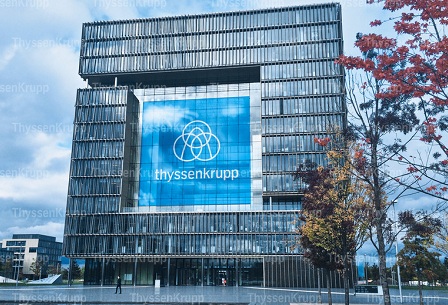The Isua iron ore project is located in Greenland, approximately 150km north-east of Nuuk. The project is owned by London Mining and includes the development of an open pit mine, ore processing plant, shipping and other necessary facilities and infrastructures. The mine is expected to produce a superior quality pellet feed concentrate with 70% iron and low impurities.
The project has advanced to the bankable feasibility study stage which is scheduled for completion by the end of 2011. The study is based on a 10mtpa pre-feasibility study (PFS) and a 15mtpa scoping study completed by SNC-Lavalin in June 2010 and February 2011 respectively. The PFS estimated the project cost at $1.7bn while according to the scoping study the project has been budgeted at $2bn.
Construction is expected to start in 2012 and first production will commence in early 2015.
Isua project reserves
As of March 2010, the mine contained 951Mt at 36% Fe reported at a cut off grade of 25% Fe. Indicated resources amount to 114Mt at 37.1% Fe. Resources in the inferred category have been estimated at 837Mt grading 36.4% Fe.
Geology
The deposit hosts a banded iron formation (BIF) within a sequence of metasediments and volcanics (greenschists). The sequence forms part of the east section of a dome-shaped pegmatitic granite intrusion.
“By 2010, London Mining had conducted three exploration drilling campaigns.”
The BIF measures between 180m and 440m in thickness and extends till a strike length of more than 2km. It is open at both sides and outcrops at the centre of deposit. Towards the north and south of the deposit, the BIF is overlain by a sheet of ice that ranges in thickness up to 130m.
The BIF dips approximately between 600° and 700° towards the east, with a hanging wall of quartzite and a footwall composed of greenschist / greenstone or black schist. It folds into a shallow syncline.
Mining and processing
The deposit will be mined as an open pit operation using shovels and trucks. After drilling and blasting, the run-of-mine (ROM) ore will be sent to a primary crusher that will be located at an elevation of 1,065m, at a distance of approximately 1.5km to the south-west of the pit edge. To achieve low unit cost of operation, standard large-scale equipment will be used.
The ROM ore, containing up to 900mm sized rocks, will be delivered to the gyratory crusher or the crusher feed stockpile through 100t to 200t haul trucks. At the gyratory crusher, the ore will be sized down to 150mm and delivered via an overhead suspended cable conveyor to the mill ore stockpile. Nine feeders will reclaim the crushed ore.
Processing will involve autogenous / semi-autogenous primary grinding instead of semi-autogenous grinding in order to reduce grinding media consumption and down-time for liner replacement.
The 15.2MW semi-autogenous grinding (SAG) mill circuit will be equipped with a pebble crusher to achieve maximum mill throughput. The product sized over 8mm will be sent to pebble crusher before being returned to the SAG mill feed. The medium sized products (between 2mm to 8mm) will be recycled directly to the SAG mill. Product sized less than 2mm will be delivered to cobber low intensity magnetic separators (LIMS).
“The project is owned by London Mining and includes the development of an open pit mine.”
During copper magnetic separation, the non-magnetic fraction will be removed to tailings and the remaining magnetic fraction will be sent to the ball mill grinding circuit.
The ball mill will operate with a cyclone cluster in a closed circuit. The overflow will be delivered to the finisher LIMS and the underflow will be recycled to the ball mill. From the finisher LIMS, the magnetic fraction will be delivered to the floatation circuit and the non-magnetic fraction will be delivered to a common tailings thickener.
Floatation will involve removal of the sulphides with a xanthate reagent. An amine reagent will be used to subsequently remove the silica. The froth product will contain the tailings. The final magnetite concentrate will contain more than 70% iron.
At a feed rate of 4295t/h and a nominal feed grade of 36.6% Fe, the processing plant will produce approximately 15Mt of magnetite concentrate annually.
Exploration
By 2010, London Mining had conducted three exploration drilling campaigns. An additional 7,000m to 8,000m drilling campaign is scheduled for 2011. The campaign will focus on upgrading the inferred category resources to the indicated category.



